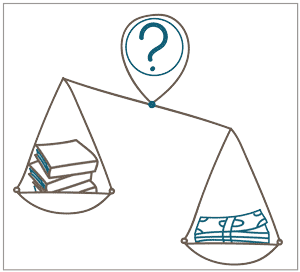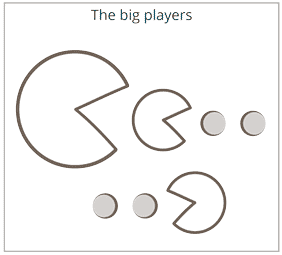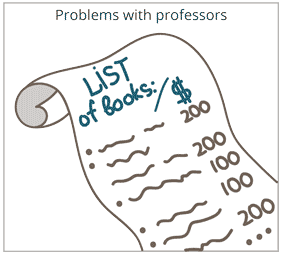Why Are Textbooks So Expensive?

According to the results of research conducted by the American Enterprise Institute a few years ago, textbook prices have increased more than eightfold since 1978 and are continuing to rise. This phenomenon is incompatible with the general growth of the goods and services sector. The prices have doubled only in the past ten years, so what are the reasons for this and what awaits us in the future?
Popularity of secondhand books
The development of a large market for used textbooks is one of the reasons for prices soaring to unprecedented heights. Previously, a student's choice was defined by a few particular bookstores associated with the college, and the possibility of finding a cheaper option with such a limited number of sellers was really small. Now, with Amazon and countless other sources giving the students the opportunity to buy the best option even from the other end of the country, this market has become inflated.



Publishers’ strategy
To achieve profits when fewer and fewer students opt for new books, the publishers have to use tried-and-true tactics to sell new copies. They create newer editions of particularly highly demanded textbooks with only a few design-related changes and persuade professors to use them during classes. Other methods of achieving sales include creating "special editions" for the universities, not stating the name of the author, making it impossible to look for an alternative, and using access codes fit for use only once per person.
Problem with professors
College professors mostly don't pay much attention to book prices while they create college programs. They surely have their own reasons for assigning the newest editions each year, yet, it doesn't change the fact that they make students buy the most expensive books. The solution to this problem could be for the professors to pay more attention to the contents of the textbooks and suggest more affordable versions to their students.
The big players
The textbook market is populated by both big and small companies, but the largest ones set the prices. McGraw-Hill, Pearson, and Cengage (which include dozens of smaller publishing houses) are responsible for more than 4/5 of sales of the whole sector. This situation lets them operate on the market at their own will and make the level of the prices really high. Without a shadow of a doubt, the ones suffering the most from this dilemma are students.
Read our Tips for College Freshmen for further advice and find out the reasons to buy used textbooks. You can also create buyback orders using a barcode scanner for Android and iOS.



